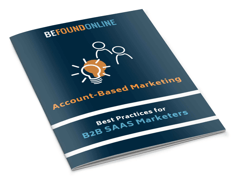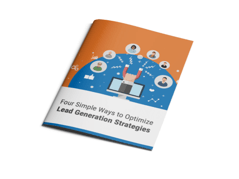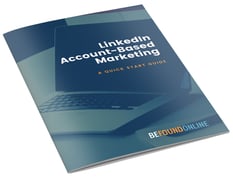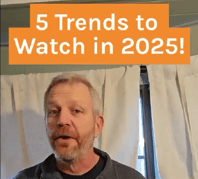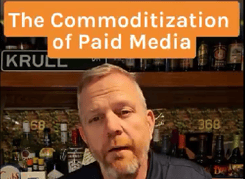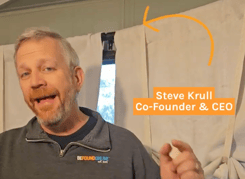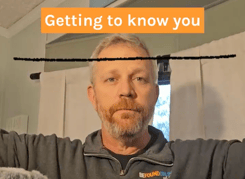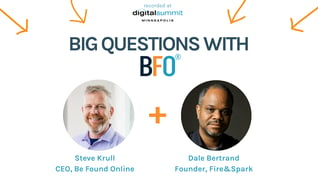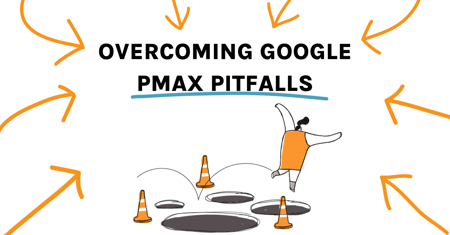
If you work in digital marketing or pay attention to paid search feature rollouts, you’ve undoubtedly heard about Pmax. For the uninitiated, Pmax or “Performance Max” campaigns are one of the newer campaign types that lets you show ads on Google’s search engine results page (SERP), Display Network, YouTube, Gmail, Maps, Discover Feed, and Shopping page all from one campaign.
Discover Feed, and Shopping page all from one campaign.
I say “newer campaign type” because it actually isn’t new at all; It just finally got worth using. I Googled the release date of Pmax campaigns expecting to see a random month followed by “2023” and had to wipe my glasses when I saw “November 2021” pop up. And I don’t even wear glasses.
When I first heard Google Reps pushing Pmax campaigns during our monthly calls, I politely listened while trying to figure out the nicest way to say “I’m not using that.” I think I settled on something like, “Thanks! I’ll be sure to use that!” I’ve been burned by “quick and easy” campaign formats before like Google Express, Google Smart Campaigns, and anything else that trades ease of set-up for effectiveness.
And in the beginning, I was right to be skeptical. The fledgling format had its flaws. From Brand Bleed issues to “black box” reporting and optimization, Pmax was not very appealing for seasoned marketers who knew how to play Google Ads campaigns like a fiddle in a competition with the devil. Now, It’s 2024 and I must confess: I’m a Pmax convert.
like a fiddle in a competition with the devil. Now, It’s 2024 and I must confess: I’m a Pmax convert.
I’m not here to tell you that Pmax is now flawless. There are still plenty of headache-inducing features relegated to the backend that I’d love to have control over. But if you know what to look for, what to change, and how to nail the initial set-up, you too can win at Google’s “new” campaign type. Here’s how I’ve managed to do it.
Negatives of Google Pmax
No, this isn’t me complaining about Pmax for another couple paragraphs. I’m talking about negative keywords and how to use them with Pmax campaigns. Negative keywords let us review search terms that trigger our ads so we can block irrelevant ones.
The only problem is that Pmax campaigns don’t let you add them. Not directly, anyway. You are able to reach out to a Google Rep directly so they can add negative keywords for you on the backend. Only agencies and large advertisers have access to Google Reps, so what is everyone else supposed to do?

One option is to add account-level negative keywords which will ultimately apply to your Pmax campaigns (in addition to every other campaign you’re running). This does limit you to excluding search terms that aren’t relevant for any campaign rather than just the terms that aren’t relevant to your Pmax campaign. Still, it’s an option that can make Pmax campaigns viable without having to pick up the phone and call Google (You’re welcome, Millennials).
Playing Google's Game
I’m probably not the only one who’s nostalgic for an era of marketing where the funniest quip, most engaging imagery, or sweetly succinct tagline won the game for you. Much of that is still relevant, but like it or not, we live in an age of algorithms.
relevant, but like it or not, we live in an age of algorithms.
If you want your pithy prose to reach captive eyeballs, you’re going to have to play Google’s game at least a little bit. The best way to do that with Pmax is by filling up every available content slot they offer you.
Pmax’s strength is its impressive wingspan. You can show up on virtually every Google property, but that doesn't mean your ads will look good doing it. Google will show your ads on each property whether you’ve supplied the right content or not. Your best bet is to ensure you’ve given the machine enough fodder to represent you in a good way. That means:
- Use 15 Headlines
- Use 4 Descriptions
- At least one Long Headline
- At least one Long Description
It also means adding 20 images in a variety of orientations (Vertical, Square, Landscape) and a mix of landscape and vertical video.
Fun Fact: If you don’t upload a video, Google will create one for you. That’s like leaving your Facebook account open and trusting your friends to post on your behalf. When you fill up all the available fields, you will see CPC/CPA efficiencies by checking the right boxes and earning that coveted “Excellent” ad strength rating from Google. You will also earn peace of mind knowing you gave Google enough ammo to put together winning ads for you.
Using Automated Bidding
This is a long article and there’s no reason to make it any longer. It’s 2024. Use automated bidding. On Pmax and in general. Moving on.
Insights and Reporting with Google Pmax
Pmax is inherently automated with most of the fine-tuning tools you’re used to neatly tucked away in Google’s backend tool shed. That philosophy extends to reporting as well with far less transparency in terms of search query reports (SQRs), spend per channel, and ad performance.
But all hope is not lost! If you navigate to your Pmax campaign and click on “Insights," you will receive the Pmax equivalent of an SQR - along with other interesting insights about your campaign’s performance. From there, you can make decisions about which audiences to add or remove and which search themes to incorporate.
Combine those insights with the information available on the Overview and Recommendations tabs and you can start to get a sense of what changes you need to make to be successful. Unfortunately, all traffic gets bucketed as “Cross-Channel” which makes analyzing the success of any one channel difficult. For now, we will work with the options available to us and await more granular Pmax reporting.
Conclusions of Google Pmax
Pmax campaigns still have a long way to go in terms of transparency, reporting, and manual controls. That being said, the numbers have been strong lately for several of our clients’ accounts, so ignoring Pmax could mean you’re missing out. I’d recommend you continue to use a mix of Pmax campaigns and more traditional campaign types such as standard Search and Display campaigns to strike the balance between automation and autonomy.
Have more questions about Pmax or Paid Media in general? Contact Us and we can chat about the best way to find success together.
CHECK OUT PART 2: PMax Strikes Back!
Looking to stay current on digital marketing trends and changes? Subscribe to our monthly newsletter!

Scott Diebel
Scott began his career in digital marketing after setting out to join a small business right out of college. Scott was excited to join BFO when they acquired his startup in 2016 and has enjoyed making an impact on a larger scale ever since.
CATEGORIES
SUBSCRIBE TO OUR BLOG
Stay up to date with the latest industry best practices in digital marketing!








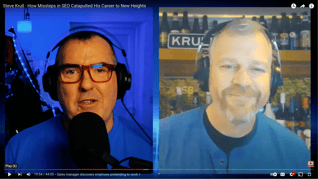














.png?width=339&height=179&name=Webinar%20Banner%20(1).png)

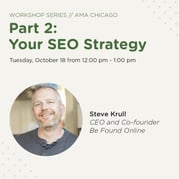

.png?width=339&height=179&name=July%20Webinar%20(Newsletter).png)
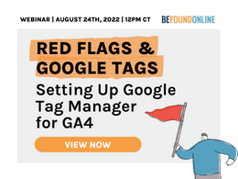
.png?width=339&height=179&name=Webinar%20Banner-April-02%20(1).png)
%20(4).png?width=339&height=179&name=Webinar%20Banner-May-02%20(1)%20(4).png)




.png?width=339&height=179&name=March%202023%20Webinar%20Ad%20(autoresponder).png)

